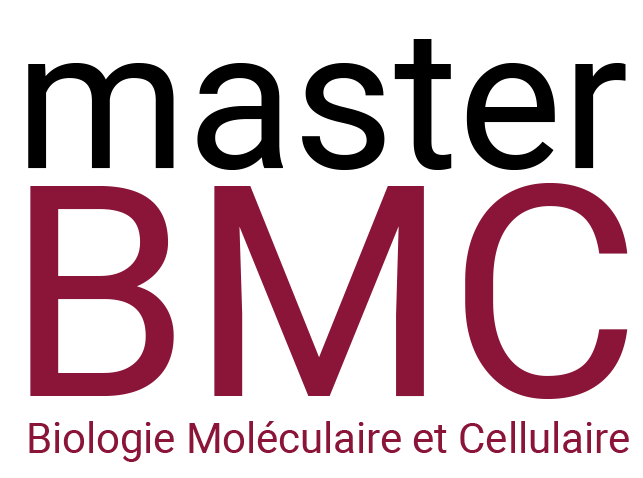Host PDZ-containing proteins targeted by Hepatitis B virus and SARS-CoV-2
Responsable du Stage : Célia Caillet-Saguy
Tél : +33(0)1 44 38 91 81 Fax : +33 (0)1 45 68 88 34 E-mail: celia.caillet-saguy@pasteur.fr
Institut Pasteur
Résumé du Projet de Stage
PDZ domains are very common modules of protein-protein interaction, essential in many signaling pathways. They mainly interact with PDZ-binding motifs (PBMs) at the C-terminal of partner proteins. PDZ-containing proteins have various roles in human cells such as trafficking of membrane receptor, cellular junctions and polarity, signaling and scaffolding.
Many viruses target host PDZ domains to ensure their propagation during infection. Some viral PBMs such as those of the glycoproteins expressed by the Rabies virus and by SARS-CoV are factors of virulence.
Here, we focus on two viral proteins from Hepatitis B Virus (HBV) and SARS-CoV-2 that present a PBM targeting PDZ-containing proteins to illustrate how viruses have selected different strategies to improve their dissemination by interacting with host PDZ proteins. We have characterized the interactions between the HBV core protein (HBc) and the SARS-CoV-2 protein E and host cell PDZ-containing proteins. We used a combination of high-throughput technique (Holdup) and biophysical and structural characterization (NMR/crystallography), coupled with validation of partners in a cellular context. We have identified specific PDZ binders that interact in vitro with the PBM of HBc or protein E by the Holdup assay. Most of these binders are also found targeted by other viruses.
For HBV, we have already characterized the interaction between HBc and the non-receptor tyrosine phosphatase type 3 (PTPN3). For SARS-CoV-2, we identified five candidates targeted by the protein E and involved in cell junctions and polarity. We have characterized the PDZ-PBM interactions in vitro between the protein E PBM and these partners using X-ray crystallography and microscale thermophoresis.
We plan to screen the impact of the silencing of the other PDZ-containing proteins partners of HBc on HBV replication in collaboration and to study the viral-host protein-protein interactions with the partners that have an effect on viral replication.
Study between SARS-CoV-2 protein E and host cell PDZ-containing proteins are also planned.
The student will be involved in the biochemical, biophysical and structural studies of these projects. Some cellular biology approaches could also be performed.
Références:
Interactions of Severe Acute Respiratory Syndrome Coronavirus 2 Protein E With Cell Junctions and Polarity PSD-95/Dlg/ZO-1-Containing Proteins. Zhu Y, Alvarez F, Wolff N, Mechaly A, Brûlé S, Neitthoffer B, Etienne-Manneville S, Haouz A, Boëda B, Caillet-Saguy C. Front Microbiol. 2022 Feb 23;13:829094.
Molecular basis of the interaction of the human tyrosine phosphatase PTPN3 with the hepatitis B virus core protein. Genera M, Quioc-Salomon B, Nourisson A, Colcombet-Cazenave B, Haouz A, Mechaly A, Matondo M, Duchateau M, König A, Windisch MP, Neuveut C, Wolff N, Caillet-Saguy C. Sci Rep. 2021 Jan 13;11(1):944.
Ce projet s’inscrit-il dans la perspective d’une thèse :
non x
Intitulé de l’Unité :Unité Récepteurs-canaux (CNRS – UMR3571)
Equipe d’Accueil : Equipe Signalisation et interactions moléculaires
Nom du Responsable de l’Unité : Pierre-Jean Corringer
Nom du Responsable de l’Équipe : Pierre-Jean Corringer
Adresse : Institut Pasteur, 25 rue du Dr Roux, 75015 Paris

